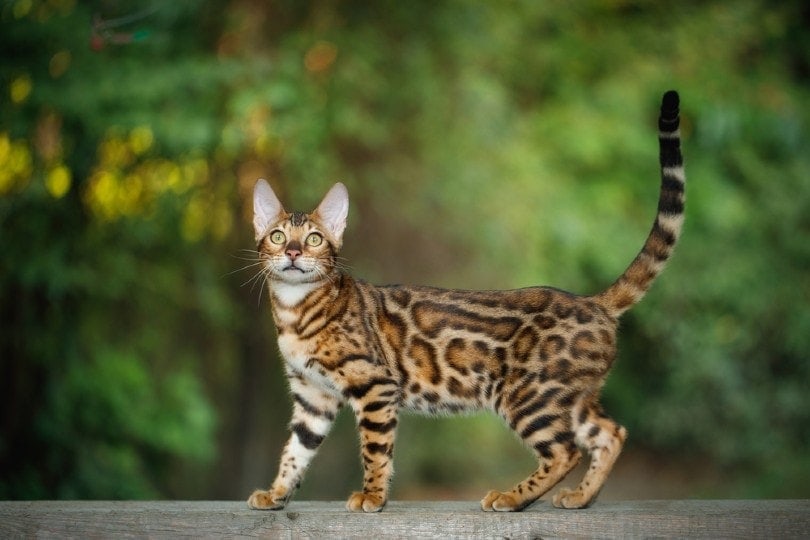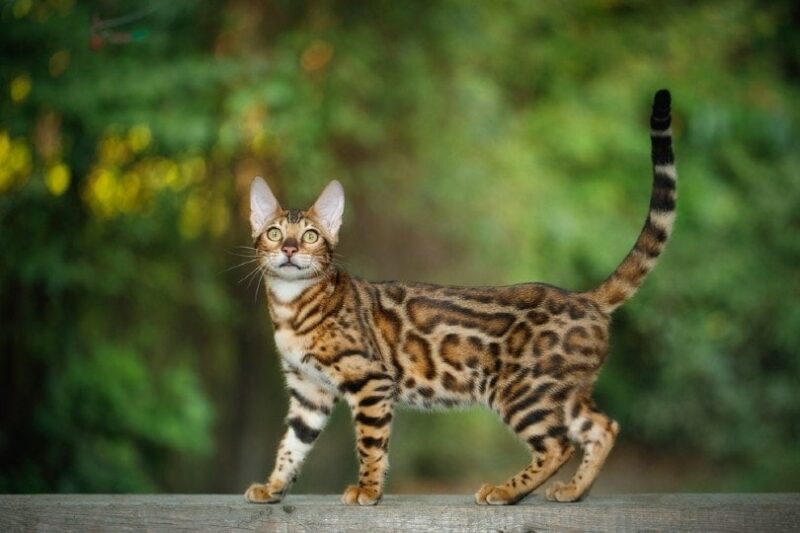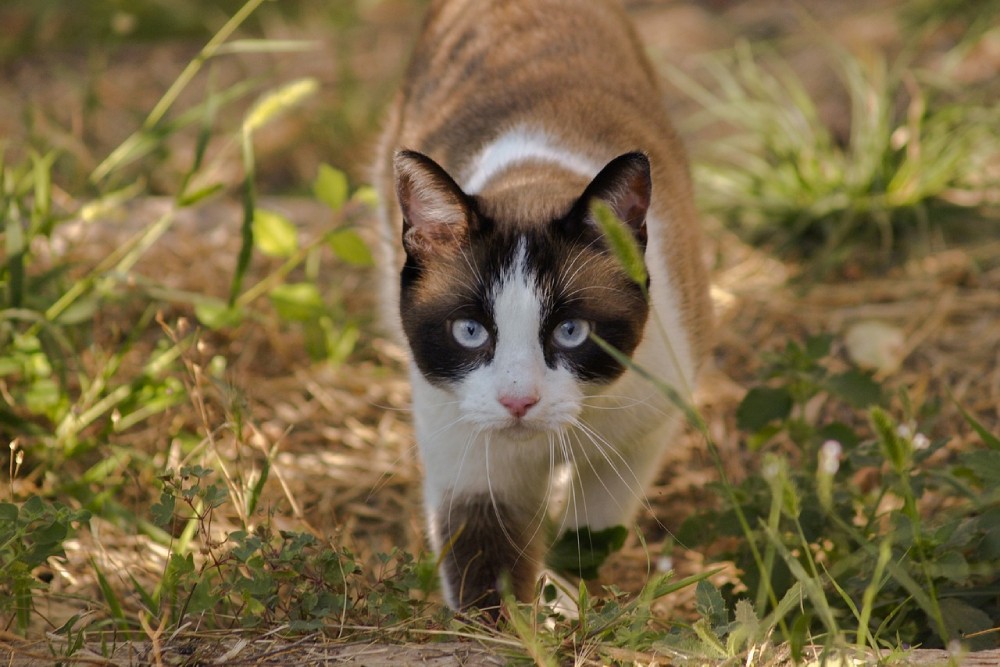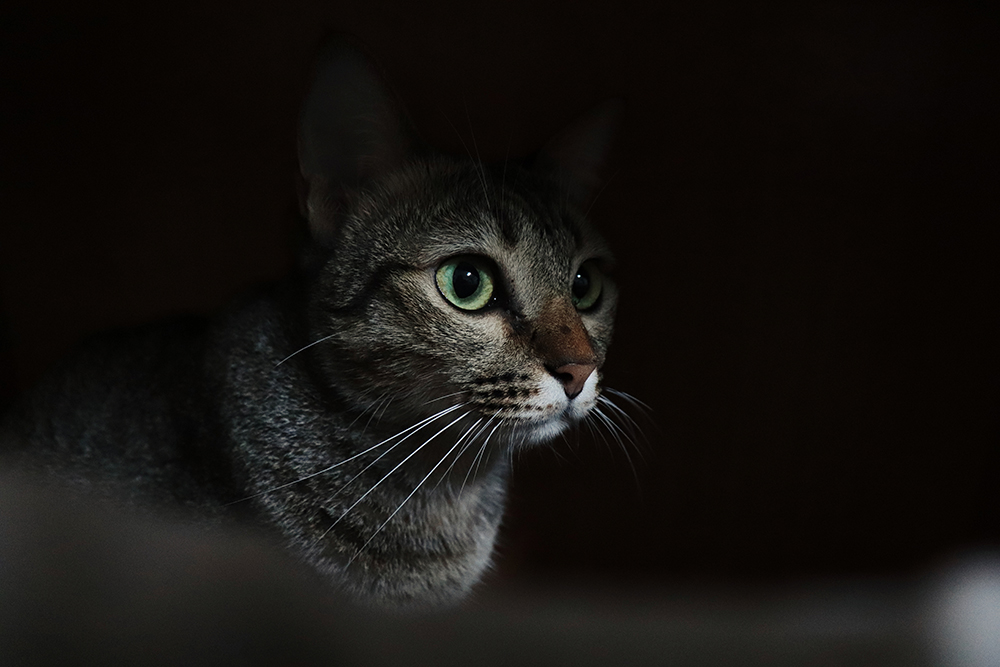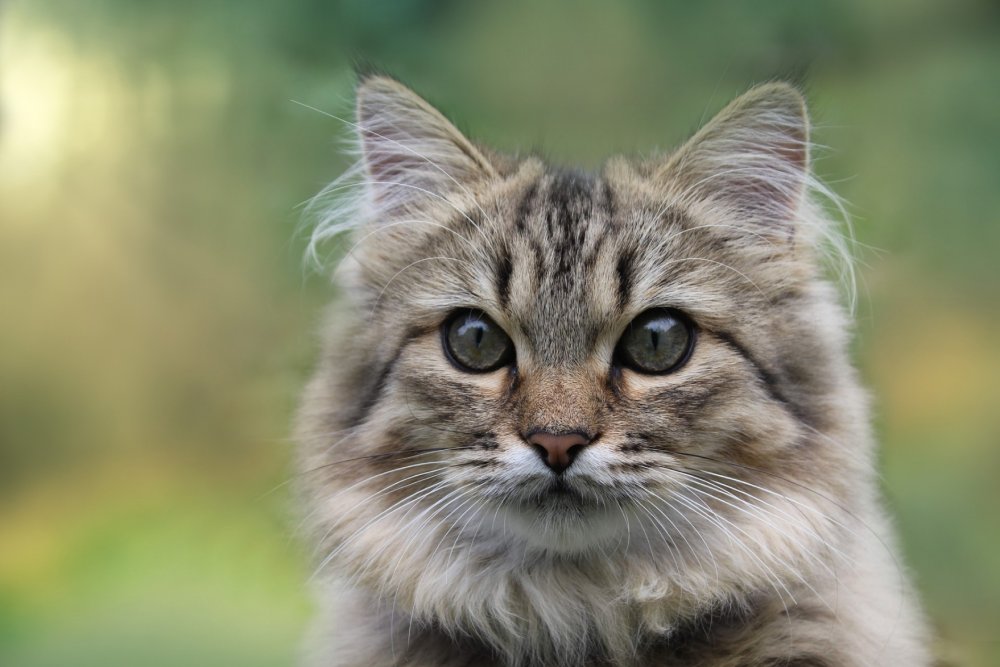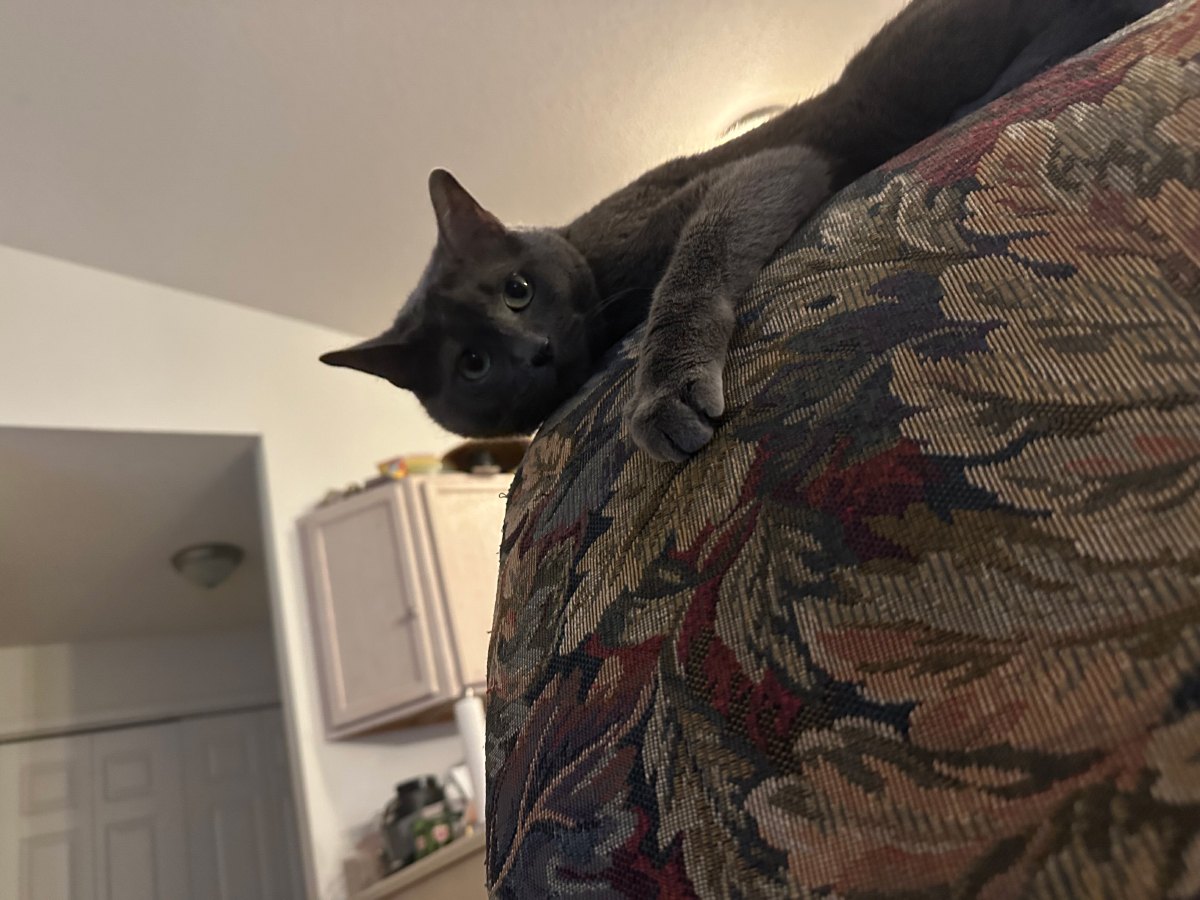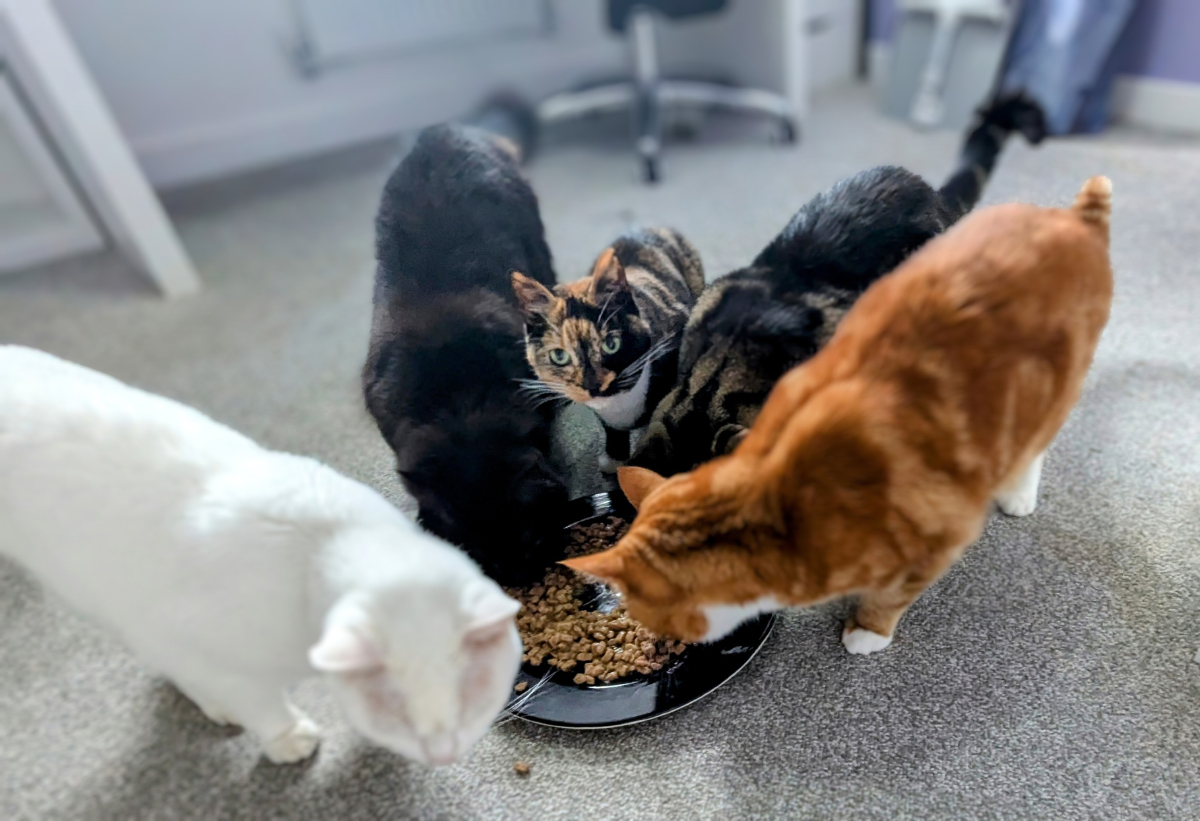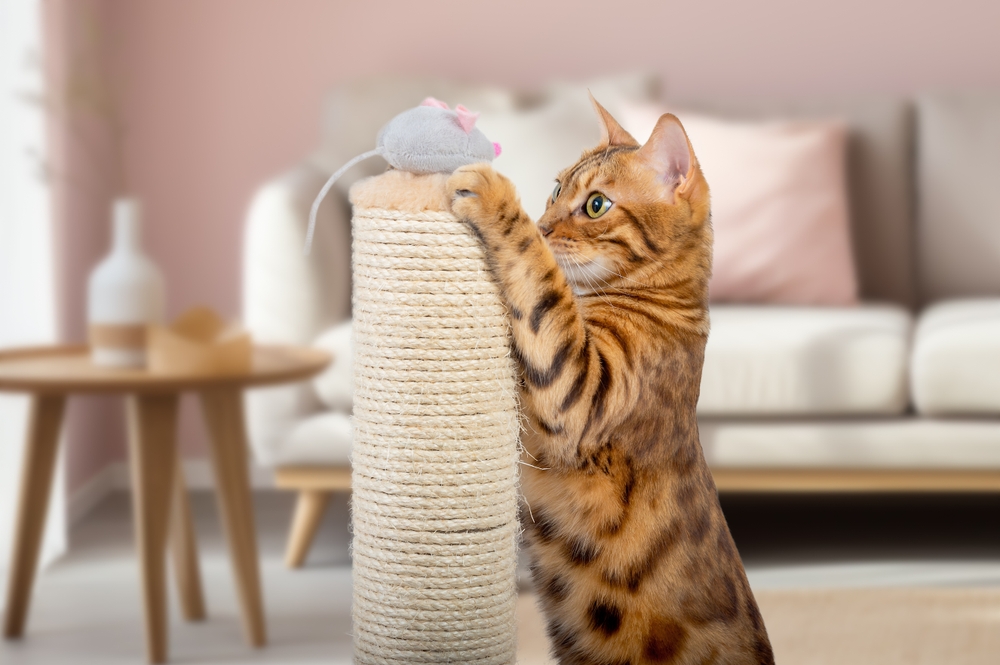Now that your kitten has hit their 1-year milestone, you’re likely wondering how things will change, since at 12 months, most cats are officially adult cats.
It’s important to keep up with your cat’s different life stages, as this will keep them physically and mentally healthy.
Let’s get into how to adjust things like your cat’s diet and exercise and what you can expect when your cat is essentially a kitten in an adult body.
The 8 Tips for Caring For a 1-Year-Old Cat
1. Veterinarian Visit
The first thing to do is a veterinarian check-up. The vet will perform a wellness check on your cat, which will include a physical exam and vaccinations if they are due. They will check your cat’s weight, body condition score 1, and dental health and discuss preventative recommendations such as parasite control, which will depend on your cat’s environment and lifestyle. They will also need to know if there have been any changes in your cat’s behavior, as these can indicate a health problem.
Most kittens are fixed around 4-5 months of age; it’s generally advisable to have them spayed or neutered before they hit puberty. However, if your cat hasn’t been fixed yet, you can make an appointment for the surgery at this time.
You should also feel free to ask your veterinarian questions about your cat’s diet and anything else that you need help with.
2. Diet
What your cat eats changes from kitten to adult cat food once they hit their 1-year mark. The exception to this rule is larger breeds of cats such as Maine Coons who are still growing and so may require kitten food for longer. Kittens require food higher in certain nutrients including protein, calcium, and fat to help their growing bodies. Adult cats that eat kitten food (unless they are pregnant, or nursing mothers) will gain too much weight.
You shouldn’t just switch your cat over to adult food right away, though. It must be a gradual transition to avoid stomach upset. Just replace a small amount of the old food with the new food in their bowl, and over the course of 7 to 10 days, slowly replace more until your cat is only eating the new adult food.
Feeding your cat a high-quality diet is important for keeping them healthy and happy. But it goes beyond the food you choose; the dishes they use also matter. The Hepper NomNom Cat Bowl is our favorite for its unique, five-star design that protects from whisker fatigue and promotes good posture which also aids in better digestion. As an added bonus, it’s beautifully crafted and offers a modern take on the traditional cat bowl that fits seamlessly with all home stylings. Learn more about the NomNom by clicking here. At Catster, we’ve admired Hepper for many years and decided to take a controlling ownership interest so that we could benefit from the outstanding designs of this cool cat company!
3. Exercise
Your cat will still act kittenish but be in an adult body. You need to ensure that your cat is getting enough exercise through play.
One-year-old cats have a great deal of energy and tend to get the zoomies! You’ll need to invest in toys that they can play with on their own, such as crinkle balls and catnip mice. You’ll also need to play with your cat directly with things like feather wands and fishing line toys. Playing with your cat will give them the proper physical and mental exercise and will additionally form a stronger bond between you.
4. Size
Many cats will be their adult size by age 1, but some cat breeds can take longer to be fully grown. Large cats, like Maine Coons, tend to take a while to reach full maturity, and it might take them 18 months to 2 years.
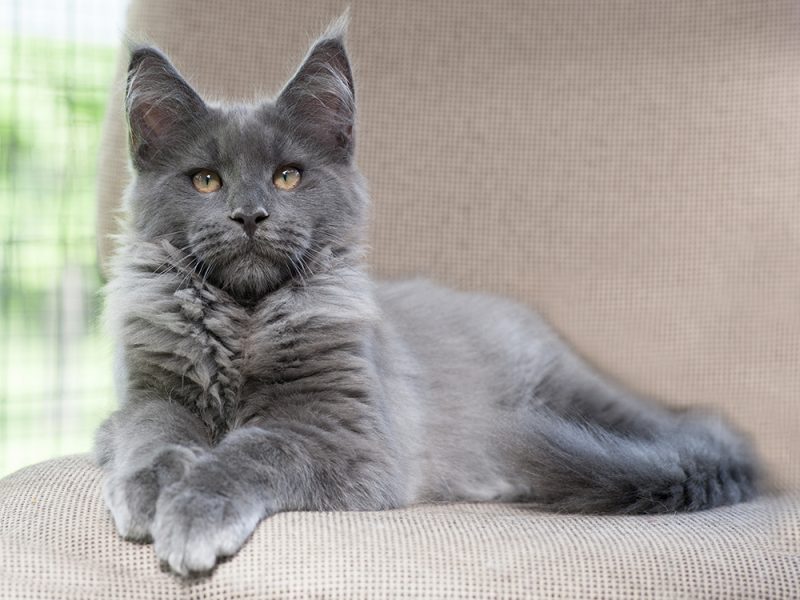
5. Behavior
Kittens are good at getting into trouble, which can become problematic when they reach adult size. They are now likely big enough to jump on high surfaces where you keep valuables, and cats are famous for knocking things down.
They also enjoy lying in wait and springing out for an attack when you least expect it. You’ll need to cat-proof your home: Put away the valuables or find new homes for them. You’ll also need to put away or hide anything toxic and dangerous for your cat if you haven’t already.
You’ll need to have as much patience as possible during this period. Cats will always do naughty things and get the zoomies, but they do mellow out to a certain degree as they mature.
This is also a good time to redirect their naughtiness to toys. Cats can be easily distracted by a toy and being engaged in play. You can expect much of the zaniness of your cat to settle down somewhat by the time that they are 2 years old.
Looking for toys that cater to the many needs of your cat? The Hepper Hi-lo Cat Scratcher is one of our favorite cat products. Its clever thee-angle design offers multiple ways for your cat to climb, stretch, and exercise. Made of a sturdy plywood base and a replacement cardboard insert, this scratcher is an option that can be enjoyed by cats for years to come. If your cat requires a little encouragement for self-play, the Hepper Plush Mouse Kicker is a fantastic choice. Equipped with bite and kick-resistant fabric, an enticing internal bell, and organic catnip, cats can satisfy their natural prey instincts while getting the physical activity they need to thrive. At Catster, we've admired Hepper for many years, and decided to take a controlling ownership interest so that we could benefit from the outstanding designs of this cool cat company!
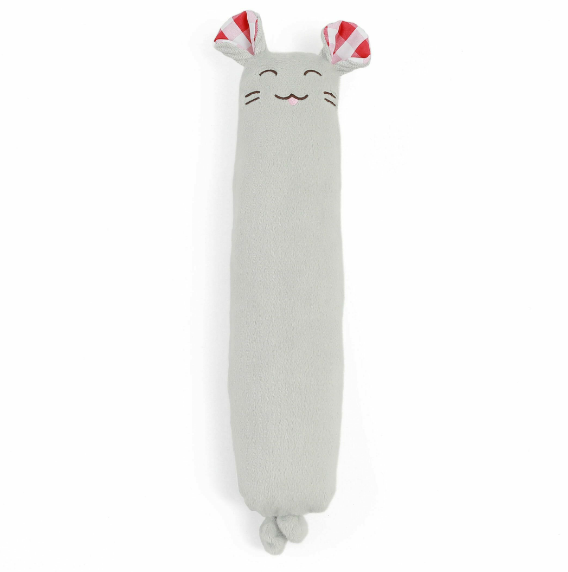
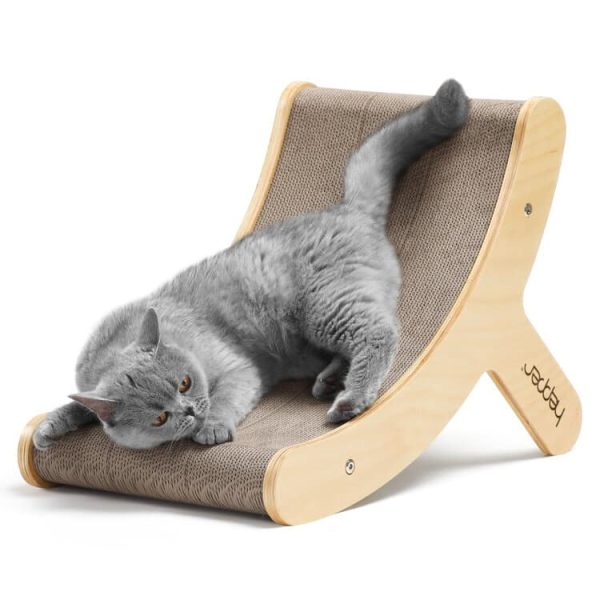
Hepper Plush Mouse Kicker Toy
Hepper Hi-Lo Scratcher
Multi-level play
Interactive
Self-play
Promotes exercise
Replaceable parts
Satisfies prey-instincts
6. Sleep
Kittens that are growing and developing can sleep up to 20 hours a day. This will usually reduce to about 12 to 16 hours a day when they reach 12 months of age and become adults.
7. Grooming
Grooming your kitten should start as soon as you bring them home. It can take a while for kittens to adapt to grooming, but earlier is better to ensure future success.
You should get your kitten used to being brushed and touched. Gently squeezing their paws on occasion will make future nail trimmings easier.
Shorthaired cats only need brushing about once a week, while longhaired cats might need it daily. Nail trimming may need to be done every 3 weeks or so, and you should brush their teeth with a toothbrush and toothpaste designed for cats every day (or at least two to three times a week).
If you are looking for recommendations on the best cat brush, you should check out Hepper Cat Brush. You will hardly find different brush with so many pros - easy to clean, easy to use, durable and effective. Simply everything you need from a cat brush. Click here to order yours today.
At Catster, we’ve admired Hepper for many years and decided to take a controlling ownership interest so that we could benefit from the outstanding designs of this cool cat company!
8. Socialization
When your cat is still young, it’s important to ensure that they continue to get the right socialization. This will set them up to be more confident cats as they continue to mature. Have people come over to meet your cat, and take them to the veterinarian and maybe even a groomer (a great idea for longhaired cats like Persians).
If you have any concerns or curiosities about your growing cat or their health, we recommend you contact your vet directly.
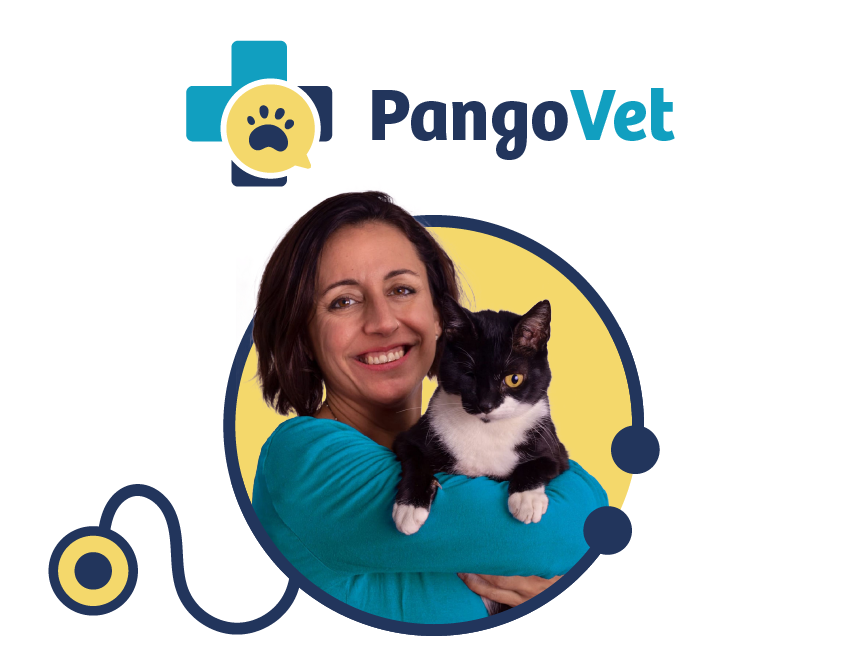
If you need to speak with a vet but can’t get to one, head over to PangoVet. It’s an online service where you can talk to a vet online and get the personalized advice you need for your pet — all at an affordable price!
Conclusion
You should discuss your new-to-adulthood cat with your vet, particularly when it comes to their diet. You’ll need to switch them to a food designed for adult cats their age and change how often you feed them.
Your 1-year-old feline might also seem to be less cuddly than when they were kitten, but this can be because they are so busy playing and exploring. It might also just be their personality.
If your cat trusts you and you’ve done your job well raising them, they’ll show you how much they love you in their own way.
Featured Image Credit: Seregraff, Shutterstock

